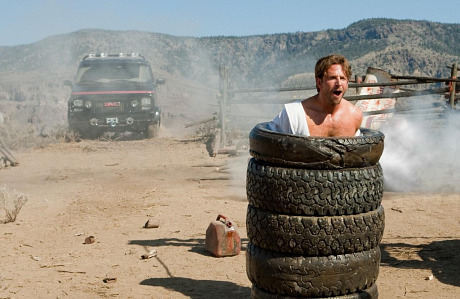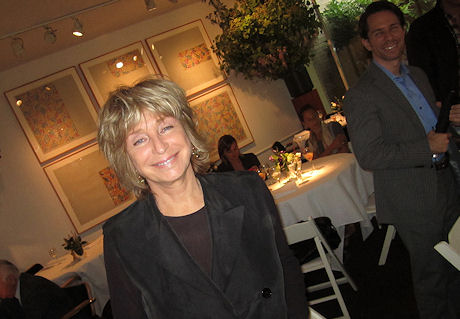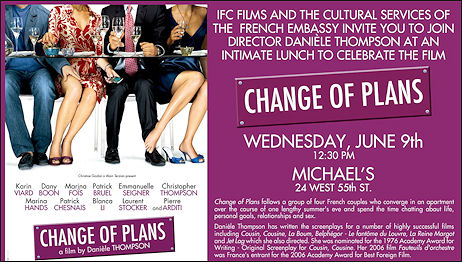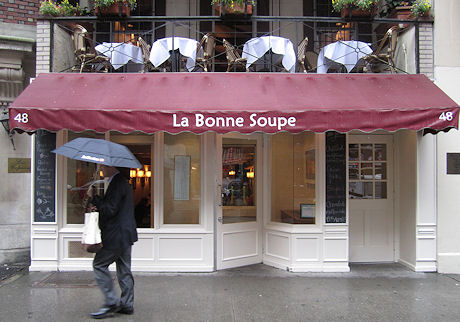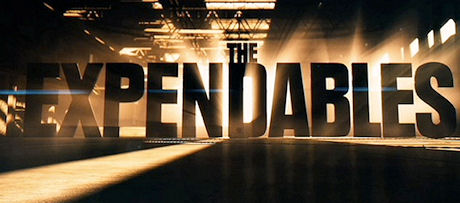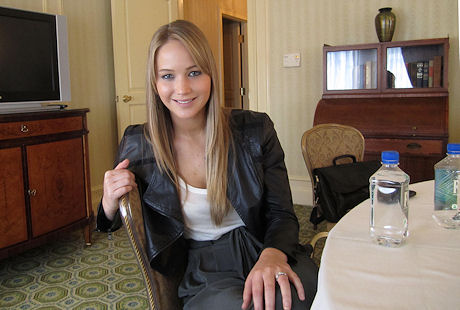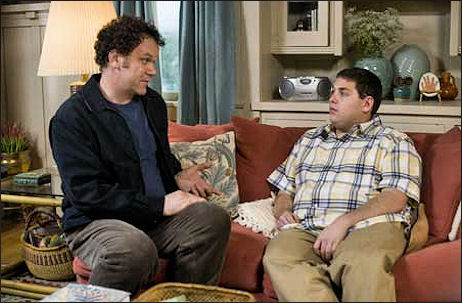“In Jay and Mark Duplass‘s Cyrus, Jonah Hill is “as clean-shaven as a deacon, and his hair is tightly cropped. The change has the effect of making his eyes seem more pronounced, his bulk larger, his personality more aggressive. As Cyrus, a twenty-one-year-old living with his single mother, Molly (Marisa Tomei), Hill makes his lugubrious body work for him as a shield against experience. Cyrus has no interest in attracting girls; he’s a nonsexual boy, cloistered with the woman who raised him and whom he adores.
“At home with her, he composes New Agey music on a flotilla of synthesizers. This possessive recluse is often unlikable but never stupid. Molly, a generous-souled woman, takes up with a forlorn, long-divorced fellow, John (John C. Reilly), and Cyrus, who sees his hold over her threatened, tries to break up the affair with lies, guilt trips, and mock breakdowns. Our sympathies, of course, lie with the lover. Reilly, who has curly brown hair and rubbery features, shreds his usual baffled sexlessness; his John begins to fight, while Molly just tries to make everyone happy.
“Cyrus was written and directed by the brothers Jay and Mark Duplass, who started out working in what’s loosely called the mumblecore movement, with no-budget pictures like The Puffy Chair (an absurdist road movie that turns serious, about the end of a love affair) and Baghead (a kind of Blair Witch Project homage). This is their first film made with established actors and a decent budget, yet they keep to their earlier aesthetic.
“They avoid the flash and the speed of commercial movies, moving in close with a handheld camera, and staying close as characters try to work out their confusion. The steady embrace of the actors produces intimate character details and awkward moments that land lightly, with a touch of off-kilter humor.
“But the Duplasses have put themselves in a paradoxical situation: the story of a sexually hungry boyfriend struggling against his lover’s creepy son has the built-in volatility of a commercial-movie premise. When Cyrus and John square off, the Duplass brothers might have turned in one of two directions: toward wild comedy or toward anguish and rage. There’s a dose of the latter, but the rage is quickly smothered in niceness, and the movie becomes tame.
“Avoiding commercial formulas and whipped-up moods isn’t enough to make a work of art. The Duplasses’ sensitivity, which is genuine, yields too much tepid relationship-speak, and Marisa Tomei, one of the most appealing actresses in Hollywood, is left with little to play. The characterization of Molly as a sexy Earth Mother who can’t speak her own mind is vapid and condescending, as if she weren’t as real to the filmmakers as the two men are. The Duplass brothers’ rebellion might really take off if they put women at the center of it.” — New Yorker critic David Denby in the current issue.

